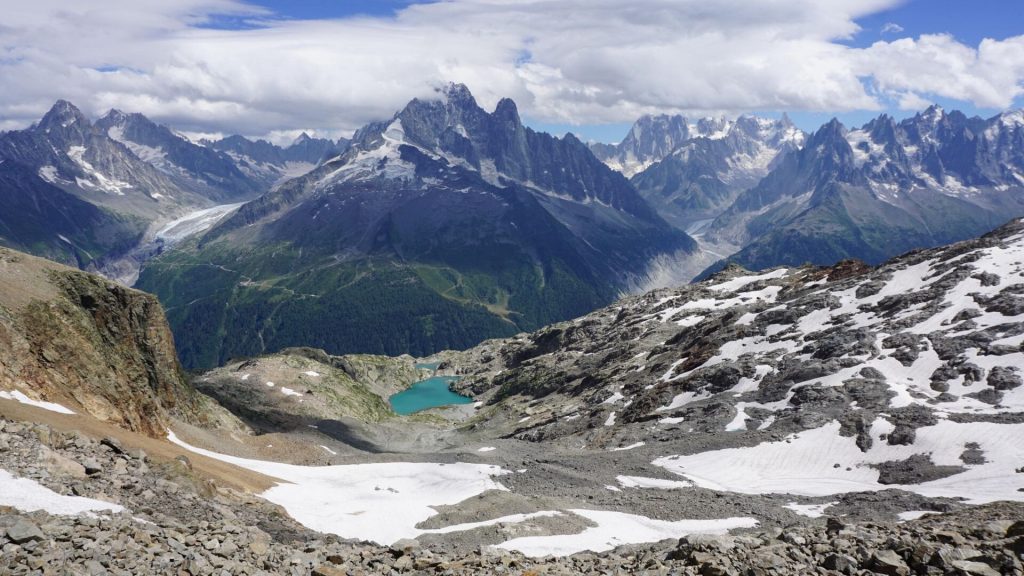An emergent study recently disseminated within the esteemed pages of the Nature journal offers a perturbing prognosis regarding the state of Earth’s glaciers vis-à-vis the anthropogenic perturbations imposed upon its climate dynamics. The research in question posits that under the aegis of a high-emissions scenario, the territorial expanse enveloped by glaciers situated outside the precincts of the Antarctic and Greenland ice sheets stands susceptible to a diminishment by half as this century culminates.
This transformative phenomenon, propelled by the overarching influence of climatic vicissitudes, is predicted to usher forth nascent ecosystems spanning an expanse equivalent to the cumulative magnitude of Nepal and Finland.
Glaciers, acknowledged as pivotal barometers of the planet’s ecological equilibrium, have been undergoing a precipitous retraction, a swift development attributed to the adverse consequences of human interventions upon the natural milieu. A conspicuous consequence of this paradigm shift manifests in the manifestation of novel ecosystems that expeditiously colonize hitherto enshrouded terrain. Notwithstanding, the global pervasiveness of this phenomenon remained hitherto largely unexplored—until the present inquiry.

Guided by the direction of Jean-Baptiste Bosson from the Conservatory of Natural Areas of Haute-Savoie, France, a consortium of researchers undertook an extensive analytical scrutiny. They harnessed an all-encompassing global glacier evolution model to cartographically project the anticipated trajectory of over 650,000 square kilometers of non-Antarctic and non-Greenland glaciers.
This model incorporated delineations of glacier configurations, subglacial terrains, and diverse climatic variables to prognosticate the reactions of each glacier under diverse climatic scenarios, extending until the year 2100.
Noteworthy is the model’s extension of its prognostications to encompass the character of ecosystems poised to materialize in the wake of deglaciation, discernible as either marine, freshwater, or terrestrial. The findings of the study underscore a salient trend: irrespective of the climatic circumstances, deglaciation persists at a consistent tempo until the epoch of 2040. Subsequent to this juncture, the outcomes diverge contingent upon the intensity of emissions.

In a high-emissions trajectory that envisions a tripartite escalation in global greenhouse gas emissions by 2075, nearly fifty percent of the glacier expanse extant in 2020 may undergo obliteration by the year 2100. In contrast, an alternative trajectory predicated upon low emissions, aimed at attaining net-zero emissions by 2050, may serve to ameliorate the loss to a magnitude approximating 22 percent.
The projected process of deglaciation possesses the potential to lay bare a terrestrial expanse equaling the aggregate acreage of Nepal and Finland by the terminus of the current century—an assemblage encompassing domains of both terrestrial and aquatic constitution. This evolving landscape could conceivably provide sanctuary to species endeavoring to evade the escalating ramifications of climate upheaval elsewhere.
The ramifications of this research extend beyond a mere quantification of the extent of glacier attrition. It cogently underscores the necessity for a bifurcated approach: the attenuation of the rate of deglaciation coupled with the preservation of these burgeoning ecosystems, thereby ensuring their enduring perpetuation. As the global community grapples with the exigency of climate mitigation, the safeguarding of these nascent ecosystems assumes a pivotal role in the preservation of Earth’s ecological equipoise.


